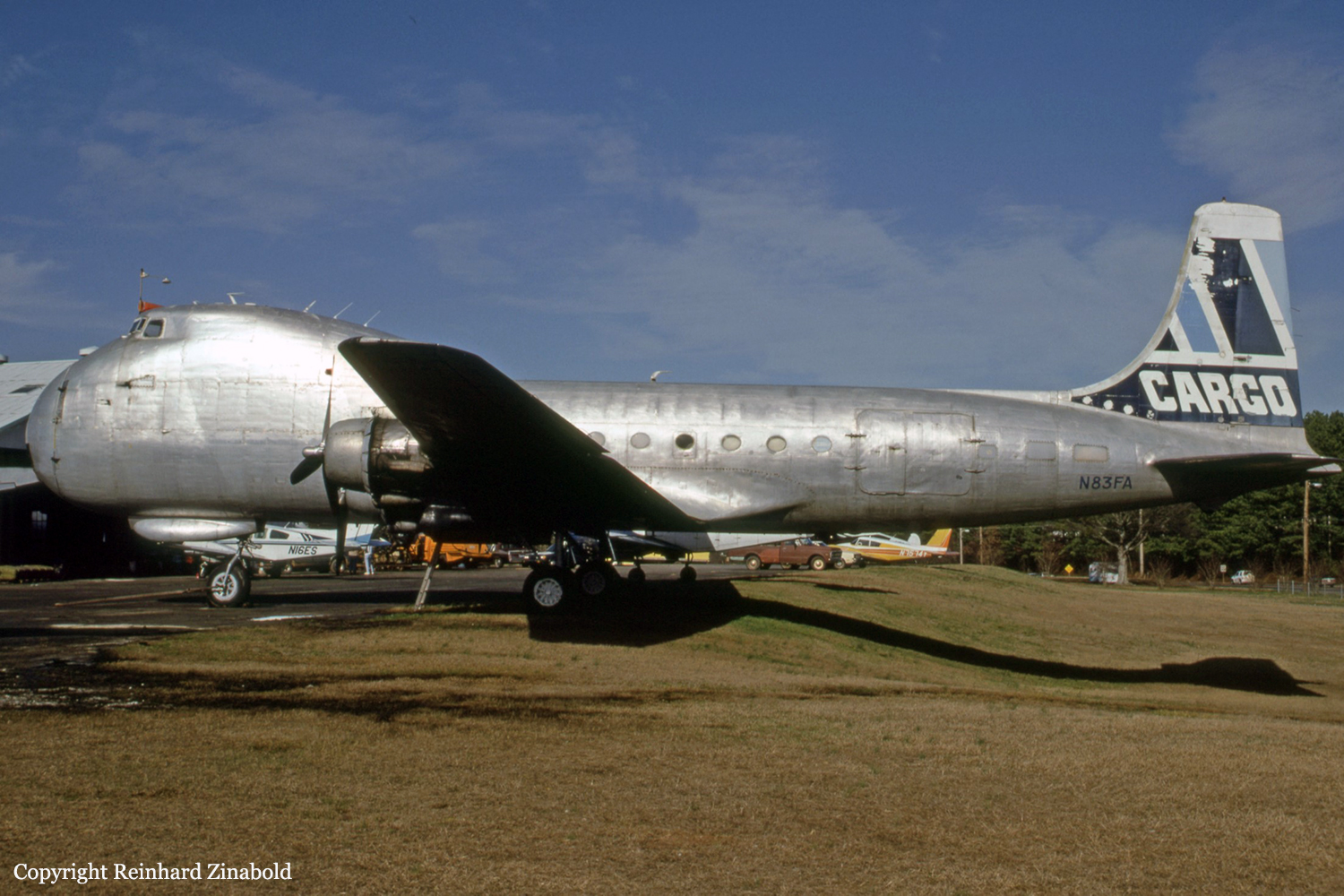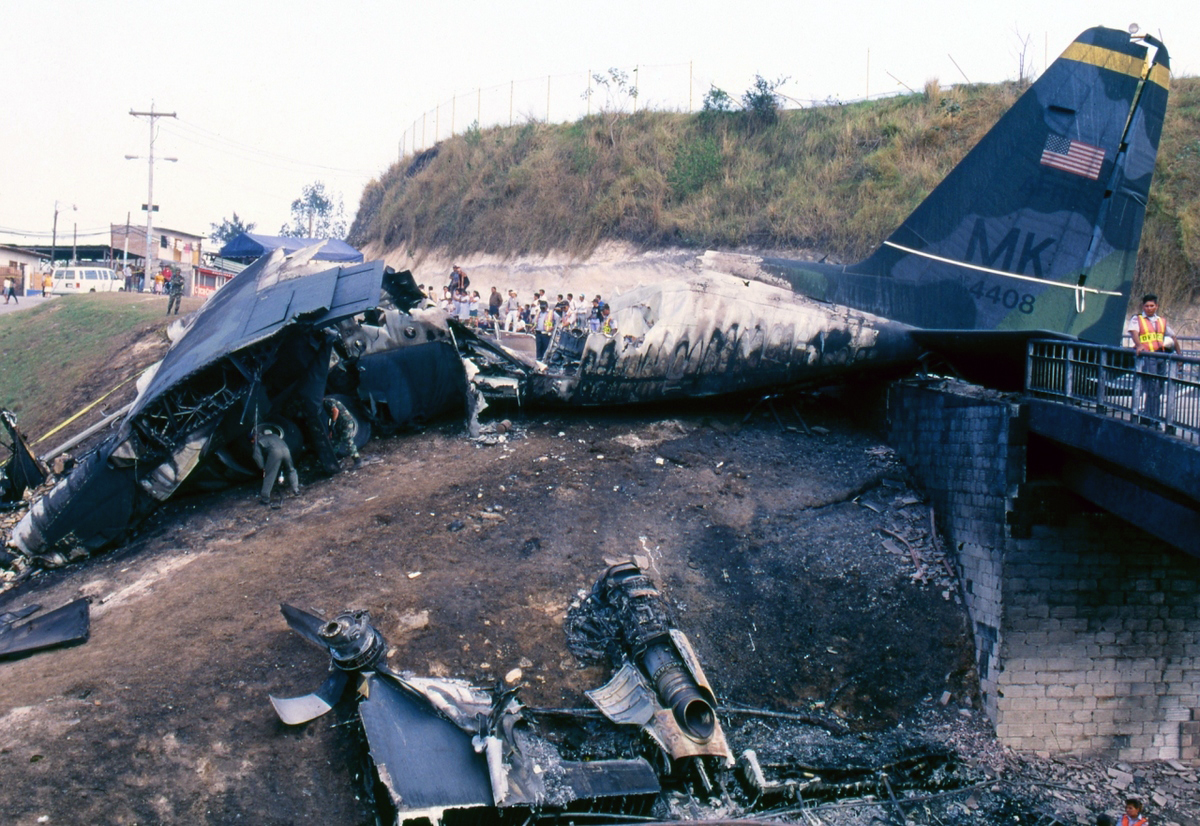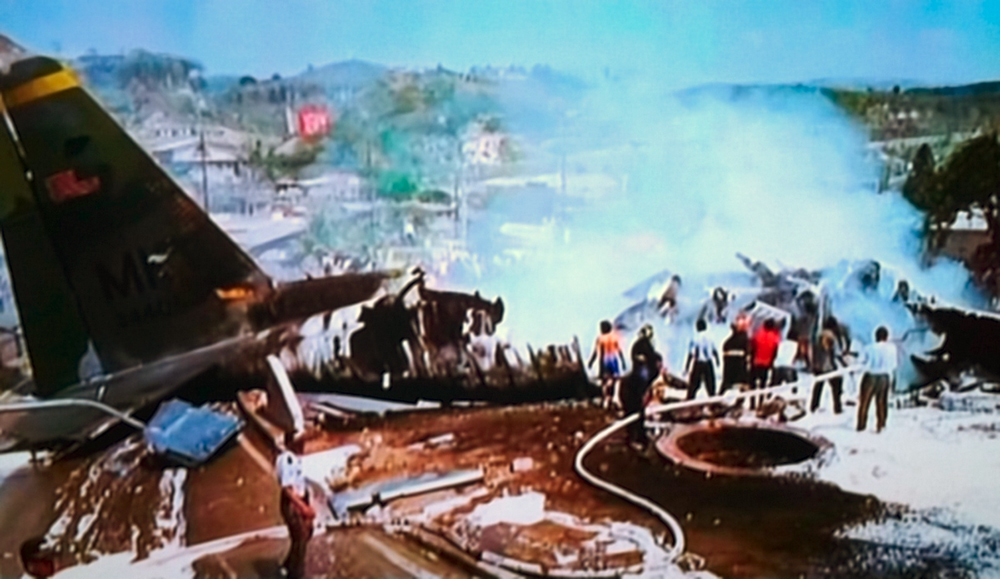Crash of a Cessna 414 Chancellor in Hillsboro: 2 killed
Date & Time:
Apr 8, 1997 at 1533 LT
Registration:
N13MN
Survivors:
No
Schedule:
Cincinnati - Hillsboro
MSN:
414-0422
YOM:
1973
Crew on board:
1
Crew fatalities:
Pax on board:
1
Pax fatalities:
Other fatalities:
Total fatalities:
2
Aircraft flight hours:
4333
Circumstances:
Witnesses observed the airplane overfly their homes at low altitude in a tight circular pattern. A witness about 1/2 mile from the airport '. . . watched the plane try to make a turn to the left trying to go back west to the Highland County Airport. The plane made a sharp turn, seemed to be having difficulty stabilizing the airplane . . . .' Also, a witness reported that she heard a loud noise, and then she observed an airplane just barely above the trees. The landing gear was down, and the airplane 'kept dipping up and down.' Another witness reported the airplane was 'wobbling left to right,' and then it descended into trees, struck vehicles, came to rest against a tree, and was destroyed by a post crash fire. A person, who flew with the pilot as a safety pilot on several occasions, reported that the pilot had a habit of making steep close-in turns, from downwind to base, to final; and he noticed 'lack in airspeed management during approach.' Examination of the wreckage did not disclose any preimpact failure of the airplane or engine.
Probable cause:
Failure of the pilot to maintain adequate airspeed, while maneuvering, which resulted in an inadvertent stall and collision with trees, vehicles, and the terrain.
Final Report:












